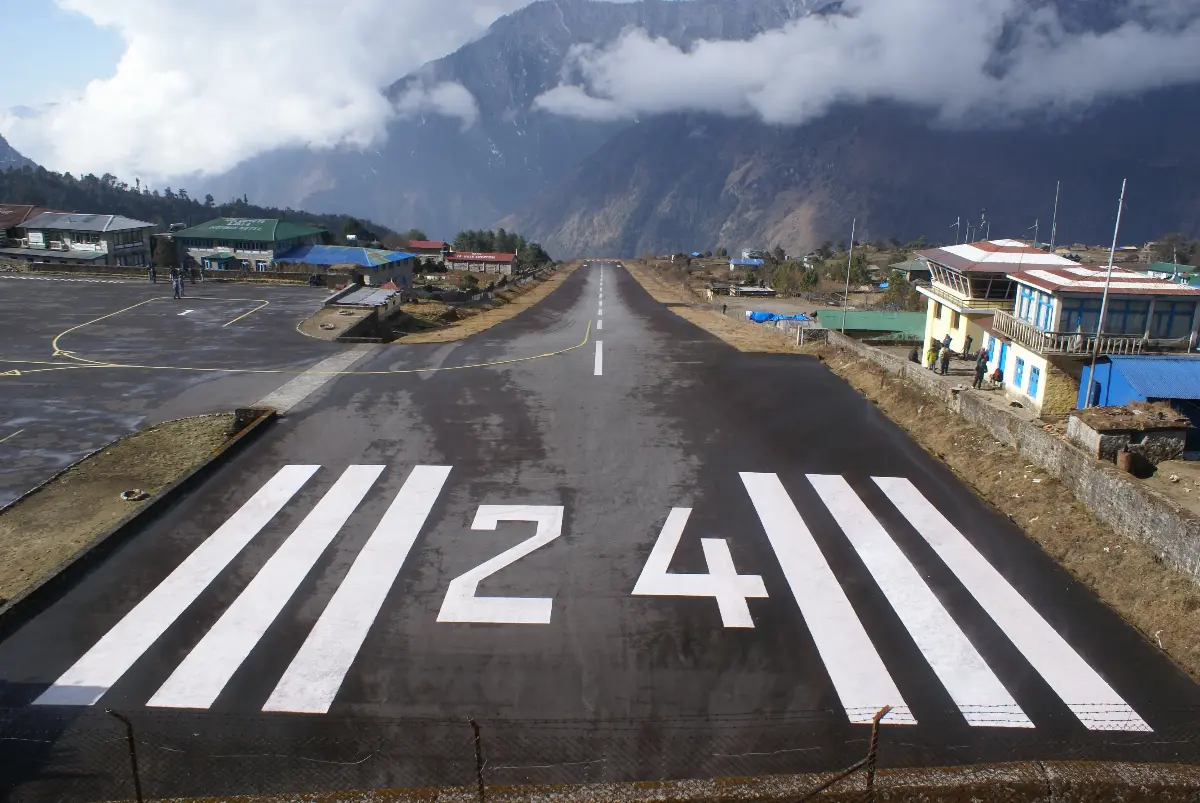
Nepal plane crash (2): why flying is so dangerous
Airports amid crevasses and unstable weather, safety investments needed

The crash of Tara Air's twin-turbo Twin Otter 300 aircraft in the mountains of Nepal has highlighted the dangers of air travel in a country often referred to as one of the riskiest places in the world to fly. Among the 22 people on board the aircraft, as is often the case, were mostly tourists and mountaineering enthusiasts, eager to venture among the most striking sites on our planet.
Suffice it to say that the incident in the Himalayan mountain, with the wreckage of the plane found on a ridge at 4420 meters above sea level, was Nepal's 19th that occurred in 10 years. Ten of these happened during the same period. This is according to the Aviation Safety Network's specialized database.
Industry experts say unstable weather conditions, poor visibility and mountainous topography contribute to Nepal's reputation as a notoriously dangerous place to fly. According to a 2019 Civil Aviation Authority of Nepal (Caan) safety report, pilots face "great challenges" due to the presence of 8 of the world's 14 highest mountains, including Everest. A situation exacerbated by the fact that these tourist aircraft need access to the most remote and mountainous areas of the country.
Suffice it to say that Lukla Airport in northeastern Nepal is considered the most dangerous airport in the world, with its runway nestled between mountains and crevasses. In 2017, the International Civil Aviation Organization (Icao) announced a partnership with Nepal's executive to address safety issues. Although the country has made improvements to national standards in recent years, challenges remain.
AVIONEWS - World Aeronautical Press Agency